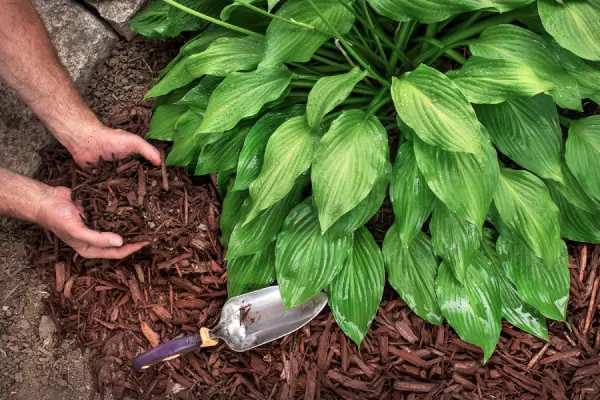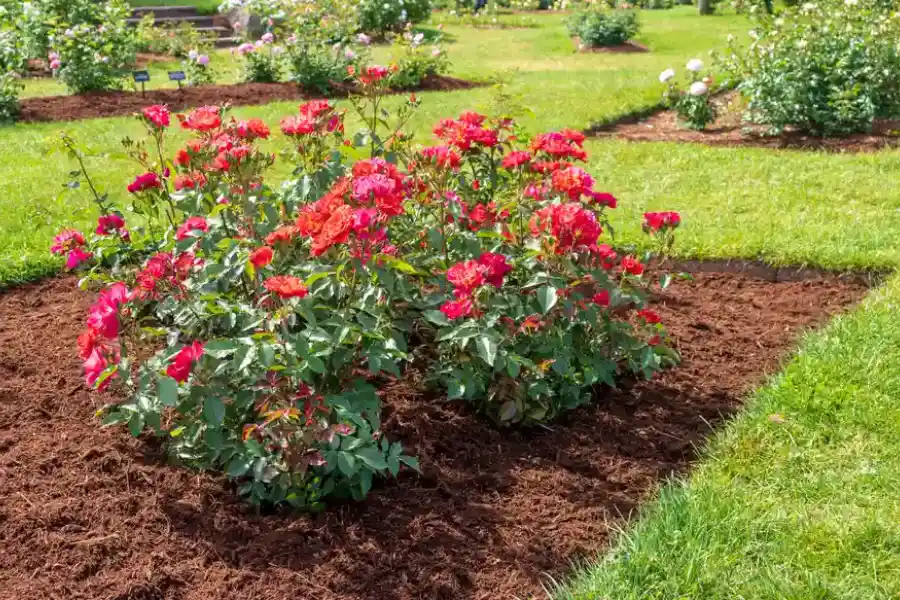Optimize Your Garden’s Health With the Right Seasonal Practices
The key to a thriving garden lies in how you manage the timing of various tasks. Knowing when to add mulch can have a huge impact on your plants’ health and growth. Each season presents its own challenges and opportunities, making it essential to align your mulching techniques with seasonal changes. This article will guide you through these timing tips to ensure that your landscape receives the care it needs throughout the year.

Understanding Seasonal Needs
Every season brings a unique set of conditions that affect your garden. Recognizing these changes helps you decide when to apply mulch effectively. In spring, fresh layers help retain moisture while suppressing weeds. Summer demands an approach that focuses on retaining soil moisture during hot months. By autumn, mulching prepares plants for winter dormancy by insulating against cold weather.
Benefits of Timing Your Mulch Applications
Timing plays a crucial role in maximizing the benefits of mulch. Applying it at the right time enhances water retention, regulates soil temperature, and minimizes weed growth. Properly timed applications contribute to healthier plant roots and improve overall landscape aesthetics. These advantages lead to stronger plants and reduced maintenance efforts over time.

Spring: Preparing for Growth
As temperatures rise, spring is the perfect season to introduce mulch to your garden beds. A layer of mulch protects young shoots from sudden cold snaps while conserving soil moisture. It also reduces erosion from spring rains. Choose organic materials like straw or wood chips for added nutrients as they break down. Remember, spring mulching should occur after the soil has warmed up but before invasive weeds start germinating.
Summer: Maintaining Moisture
During summer, heat can deplete soil moisture rapidly. Mulching becomes vital in maintaining hydration levels in the soil. Opt for denser materials like bark or shredded leaves that retain more moisture. Ensure an even spread around plants without piling too high against stems. This summer strategy helps keep your garden vibrant even under intense sunlight conditions.
- Choose organic materials that break down over time.
- Avoid piling mulch directly against plant stems.
- Refresh mulch layers periodically to maintain effectiveness.
Fall: Preparing for Winter
Autumn provides a chance to prepare your garden for winter. Mulching at this time insulates plant roots against upcoming frost and temperature fluctuations. Materials such as pine needles work well due to their lightweight nature, allowing easy airflow while offering protection. Ensure coverage is thorough but not suffocating, providing adequate insulation without hindering root access to air.
Avoid Common Mulching Mistakes
Improper application can lead to issues rather than solutions. Avoid using impermeable plastic sheeting which restricts water and air flow. Refrain from excessive piling which might smother plants or cause rot at the base. Be aware of potential pests attracted by certain types of organic mulch if left unchecked over long periods.
Conclusion: Timing for Best Results
Your landscape deserves the best care all year round. Correctly timed mulch applications are integral to fostering a healthy environment for your plants. Adapt your methods according to each season’s requirements to fully benefit from this simple yet effective gardening practice.
Ready for Professional Landscaping Assistance?
Your garden’s success starts today! Reach out to V&V Lawn Care at (804) 531-9543 for expert advice tailored to your needs. Based in Chester, VA, we specialize in transforming landscapes through strategic mulching practices and more. Contact us now to enhance your garden’s beauty and vitality!